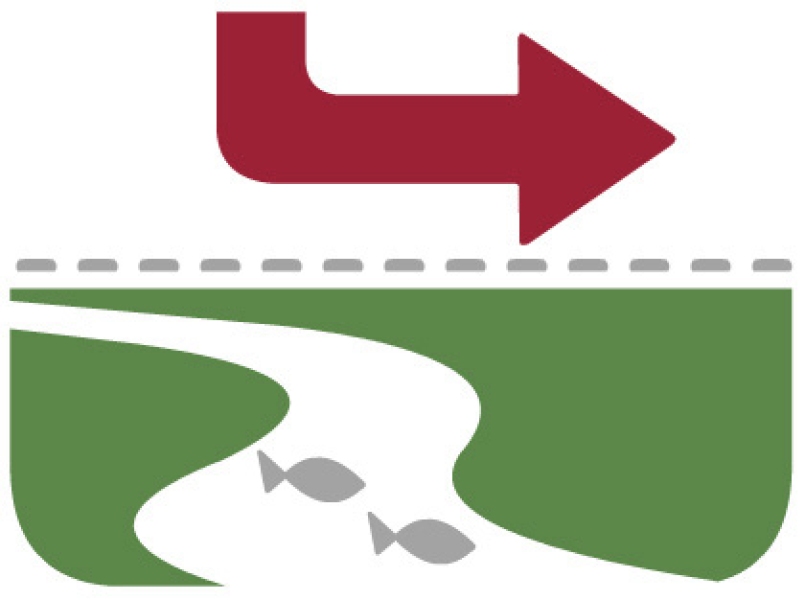Mitigation
Simple steps to minimise the effects of chemical contamination on water quality and mahinga kai.
Simple steps to minimise the effects of chemical contamination on water quality and mahinga kai.
- Use low-toxicity herbicides adjacent to waterways.
- Minimise the need for pesticide applications by applying them only when needed, at times when they are most likely to be effective, and in recommended concentrations.
- Use, wherever possible, new-generation chemicals that have a high degree of target specificity, have low persistence in the environment, and are less inclined to be leached to groundwater or carried in surface runoff.
- Apply chemicals in conditions and with equipment that prevent spray drift and coverage of non-target plants and waterways.
- Avoid applying chemicals immediately prior to rain.
- Investigate alternative methods to the use of herbicides for the control of weeds and unwanted grass.
- Reduce contaminants from entering waterways by planting riparian margins and maintaining and incorporating vegetated swales and constructed wetlands.
- Contain wastewaters carrying chemical preservatives as part of wood treatment within a closed loop application system.
- Prevent leaching of contaminated waters into the soil and groundwater.
- Line and waterproof storage areas and treatment areas (including agri-chemicals, timber processing yards, and meat and dairy processing facilities).
- Recycle chemicals.
You can find out about industry or land use specific mitigation options on the corresponding activity or industry page
Book: Kaitiaki Tools
- Mitigation and best practice options
- What is Kaitiaki Tools?
- What is the proposed activity or industry?
-
What impacts interest you?
- Chemical contamination
- Mitigation and best practice options
- Dissolved oxygen
- Infectious substances
- Instream barriers and altered water flow
- Modified habitat
- Nutrient overloading
- Sediment
- Temperature changes
- Water clarity
- Loss of riparian vegetation
- Mahinga kai - what species interests you?
- About the resource consent process

